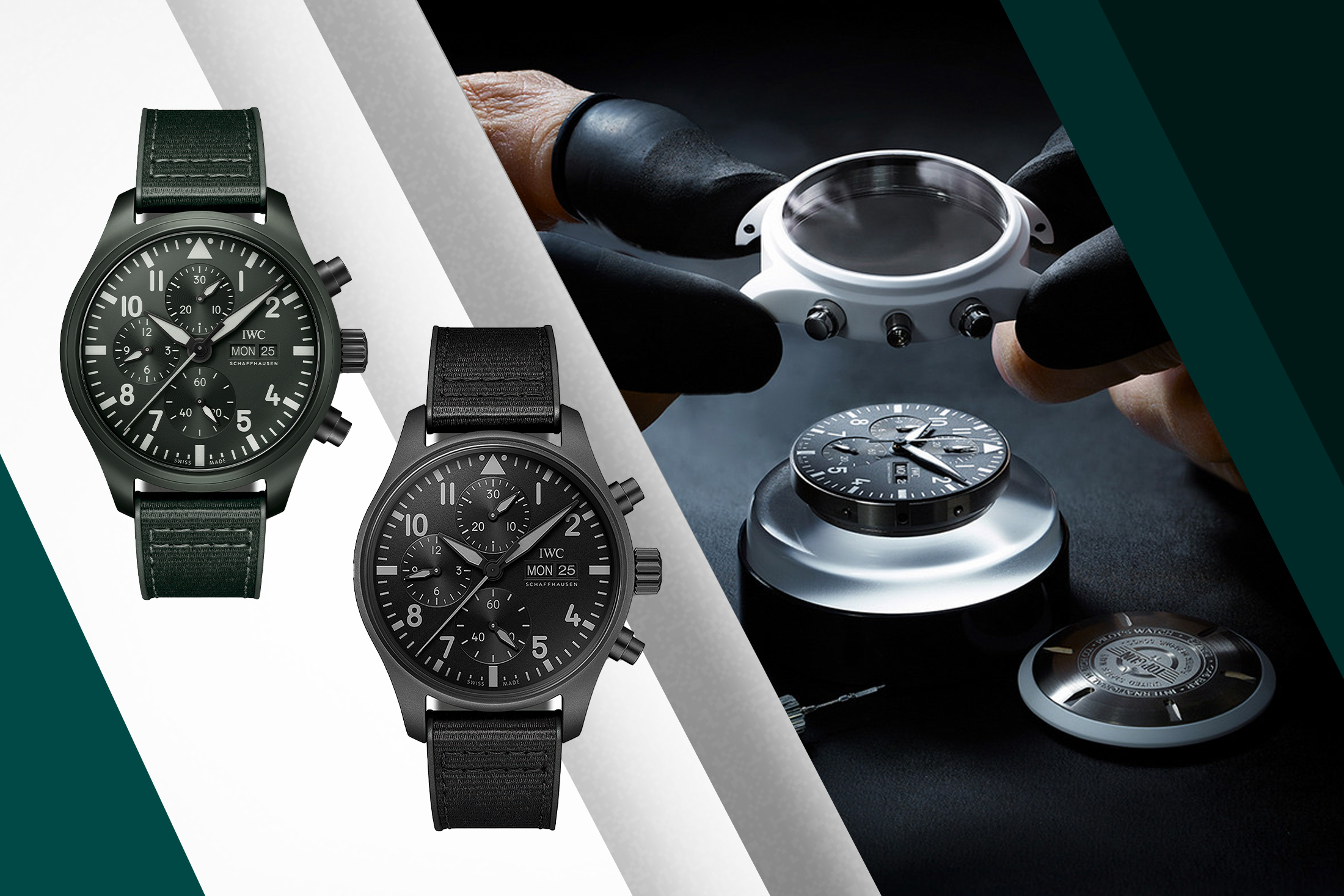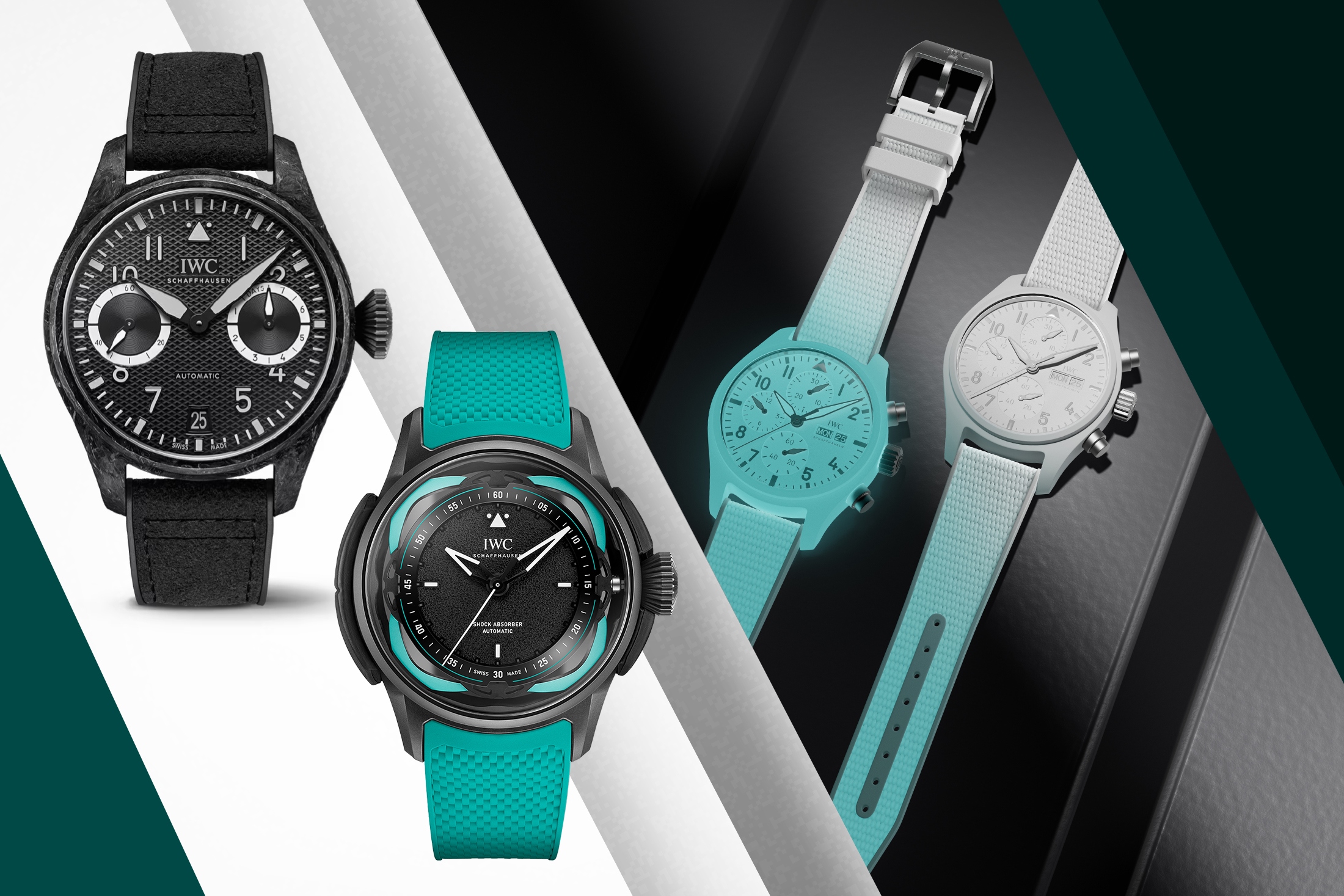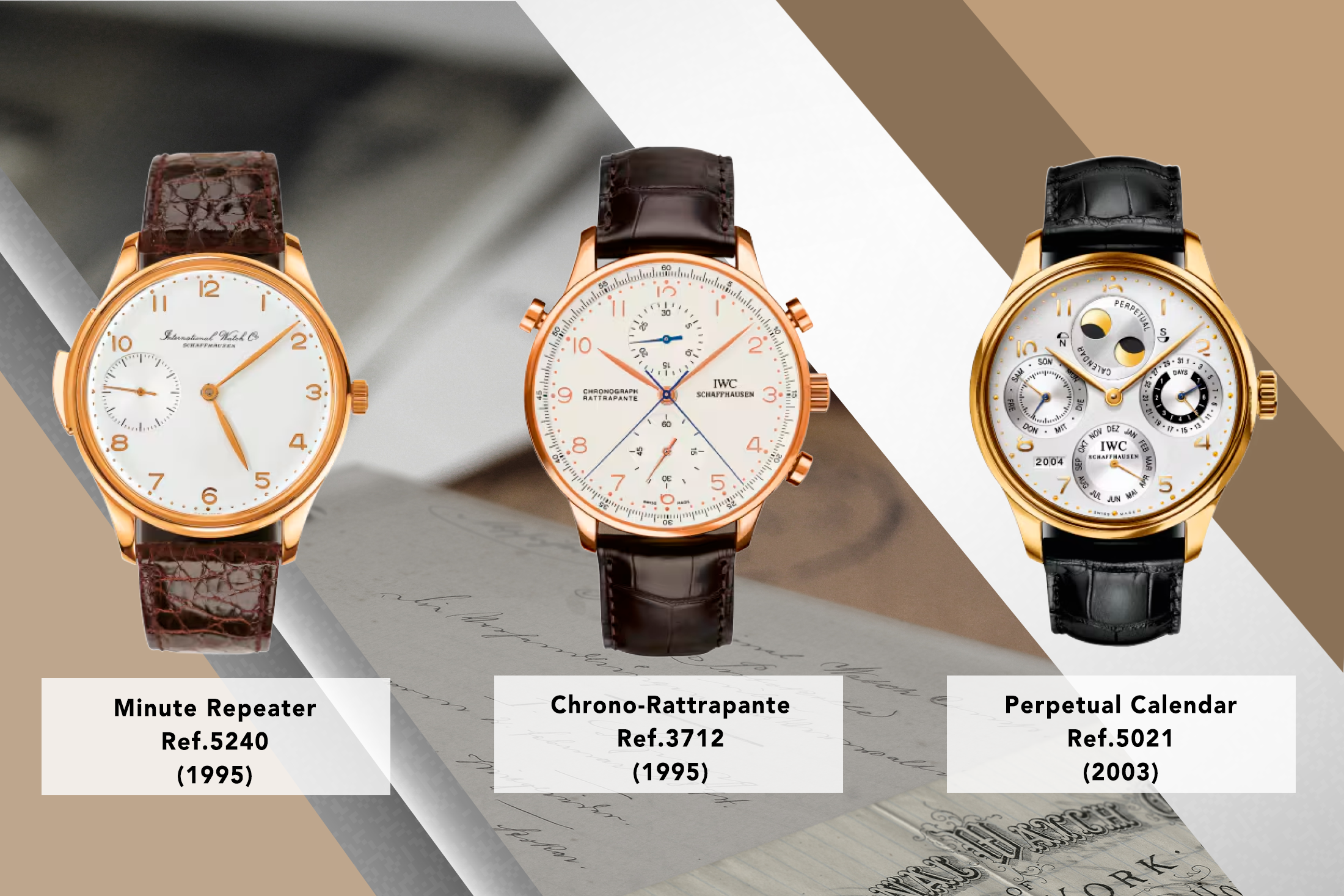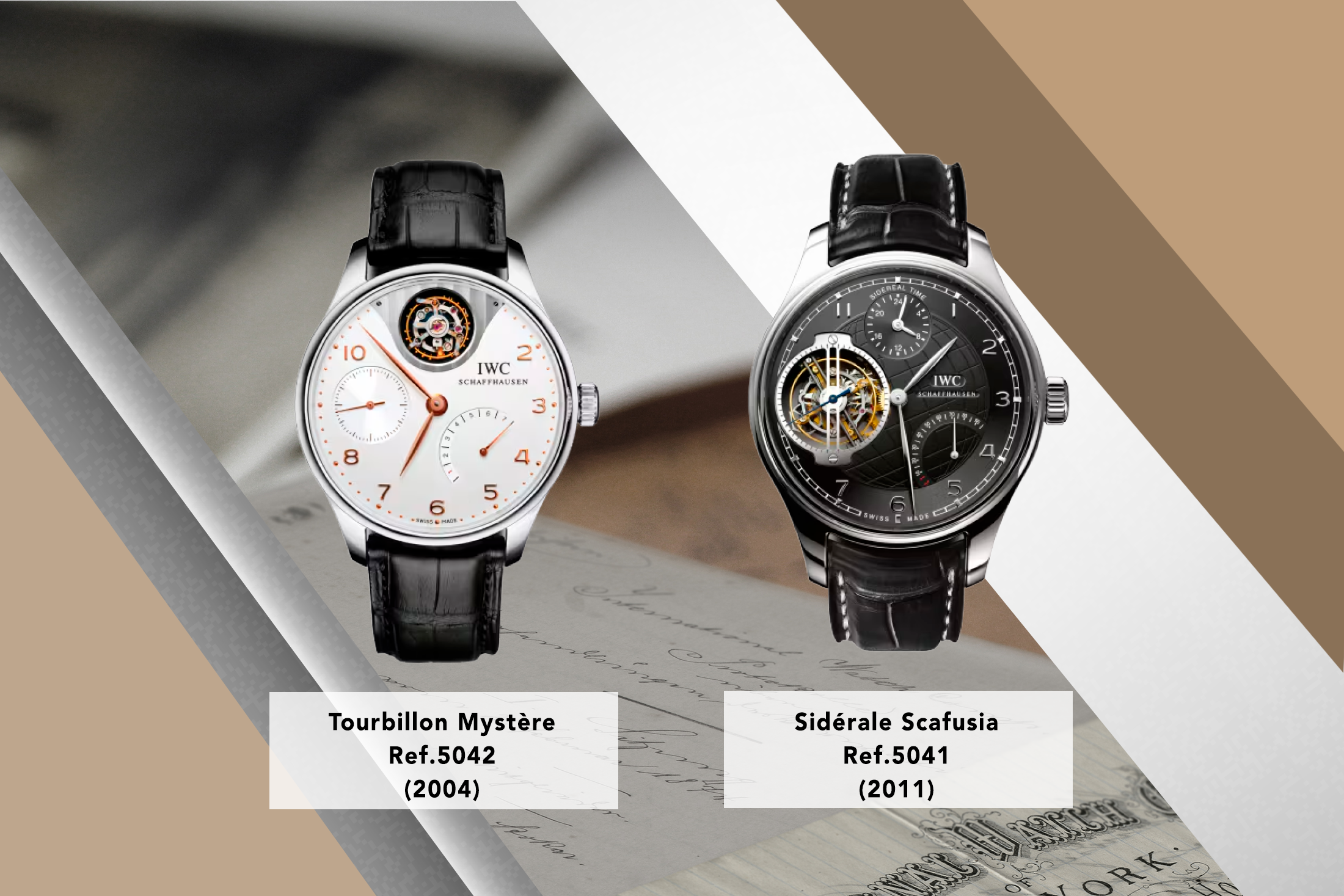See how form meets function in the standout timepieces from IWC’s core watch families throughout its evolution
Telling time is both an art and a science. From robust everyday watches to sophisticated technical watches and professional sports watches, IWC takes its mission to ensure form meets function seriously.
The brand’s relentless pursuit of innovation began in 1868 when its founder, American watchmaker Florentine Ariosto Jones, sought to combine American engineering capabilities with Swiss craftsmanship. That pioneering spirit lives on, evident in every step of watchmaking at IWC. The brand’s focus on technology and development fueled its evolution, resulting in innovative materials like Ceratanium® and Ceralume®, and groundbreaking complications like the eternal calendar. Amidst progress, IWC has never forgotten its origins.
The legacy of IWC is a story that began more than 150 years ago but is still unfolding, every chapter a renewed promise of “Engineering beyond time”. There’s no better way to understand that story than to take a closer look at the watch families that form the pillars of IWC’s legacy, each one unique, yet united by the same quest for innovation and engineering excellence that defines the brand.
Pilot’s Watches

Perhaps the most iconic among IWC’s timepieces are the brand’s Pilot’s Watches. The conical crown on the Big Pilot Watches recalls early days of aviation where large crowns were required to accommodate the thick gloves of pilots then. Since the very first IWC Pilot Watch landed in 1936, there has been countless iterations of this icon.
What originated as sophisticated navigation instruments for aviators has also made a mark in the realms of motorsports with cutting-edge chronographs, and special editions supporting human spaceflight missions.
From fresh takes on using ceramic in watchmaking, to developing the lightweight yet durable Ceratanium® seen in watches in the Top Gun editions to the groundbreaking Ceralume® technology we had a sneak peek of last year, and a ceramic matrix composite (CMC) case developed in collaboration with the German Aerospace Center for a special edition paying homage to the Mercedes-Benz G-Class, IWC’s Pilot’s Watches showcase the brand’s strong innovative spirit.
Close to 90 years since the first IWC Pilot Watch was launched and after countless iterations, this icon shows no signs of slowing down. Most recently, IWC launched the Big Pilot’s Watch Shock Absorber XPL Toto Wolff x Mercedes-AMG PETRONAS Formula OneTM Team. The limited edition of 100 pieces features IWC’s patented SPRIN-g PROTECT® shock absorber system housed in a Ceratanium® case.
Ingenieur

The IWC Ingenieur celebrates its 70th anniversary this year. Like its name, the Ingenieur is a masterpiece in precise engineering. An IWC icon, the Ingenieur evolved over time, each iteration a reflection of the respective zeitgeist. The very first Ingenieur Reference 666 was launched in 1955 – a highly precise and robust anti-magnetic watch for civilians, with a soft-iron inner case for magnetic field protection.
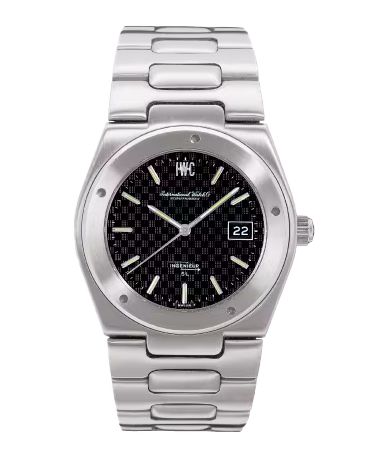 The aesthetic codes we see in the present day Ingenieur Automatic 40 launched in 2023, are grounded in the artistic vision of Gérald Genta in 1976.
The aesthetic codes we see in the present day Ingenieur Automatic 40 launched in 2023, are grounded in the artistic vision of Gérald Genta in 1976.
Big and bold, Genta’s Ingenieur SL Ref. 1832 (pictured on the right) was ahead of its time, arriving at a time where slim dress watches were favoured.
This daring move eventually became one of the greatest design innovations of IWC. The Ingenieur in the form of a stainless steel luxury sports watch with an integrated bracelet became one of the most highly sought-after in the category.
A modern tribute to Gérald Genta’s original design, the Ingenieur Automatic 40 launched with black, silver-plated and aqua dials in 2023. At the end of last year, a blue dial was introduced to the line – Ref. IW328907 featured the same characteristic “grid” structure and improved ergonomics. With a lug-to-lug distance of 45.7mm, it ensures wearability even on a slender wrist, and features a newly engineered middle-link attachment for a better fit.
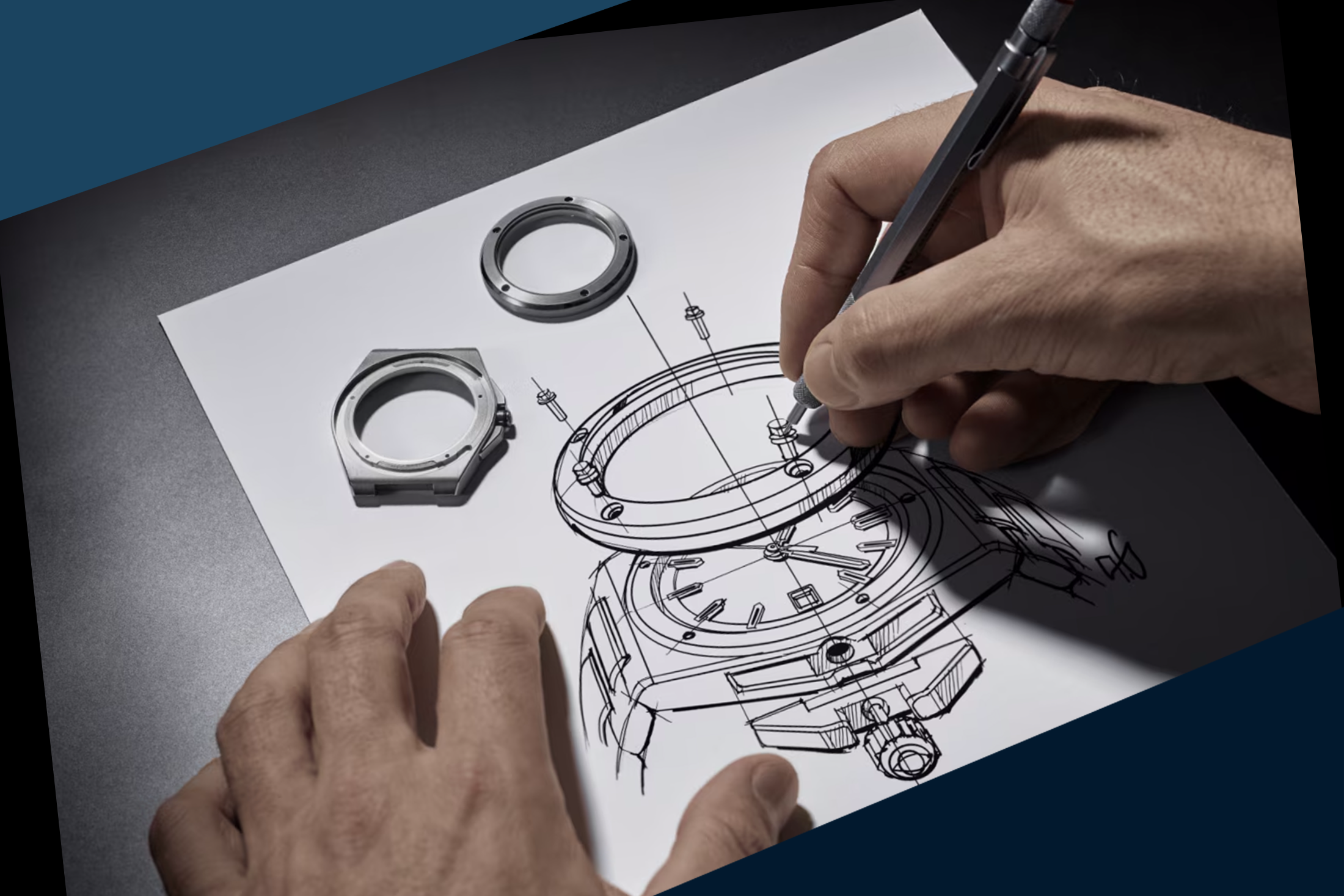
The industrial character of the design is emphasised by the functional polygonal screws that secure the bezel on the case. These replace the decorative recesses on the bezel of the original 1970s design. In a technical milestone for the brand, the Ingenieur Automatic 40 also houses the first automatic movement developed in Schaffhausen.
Portugieser
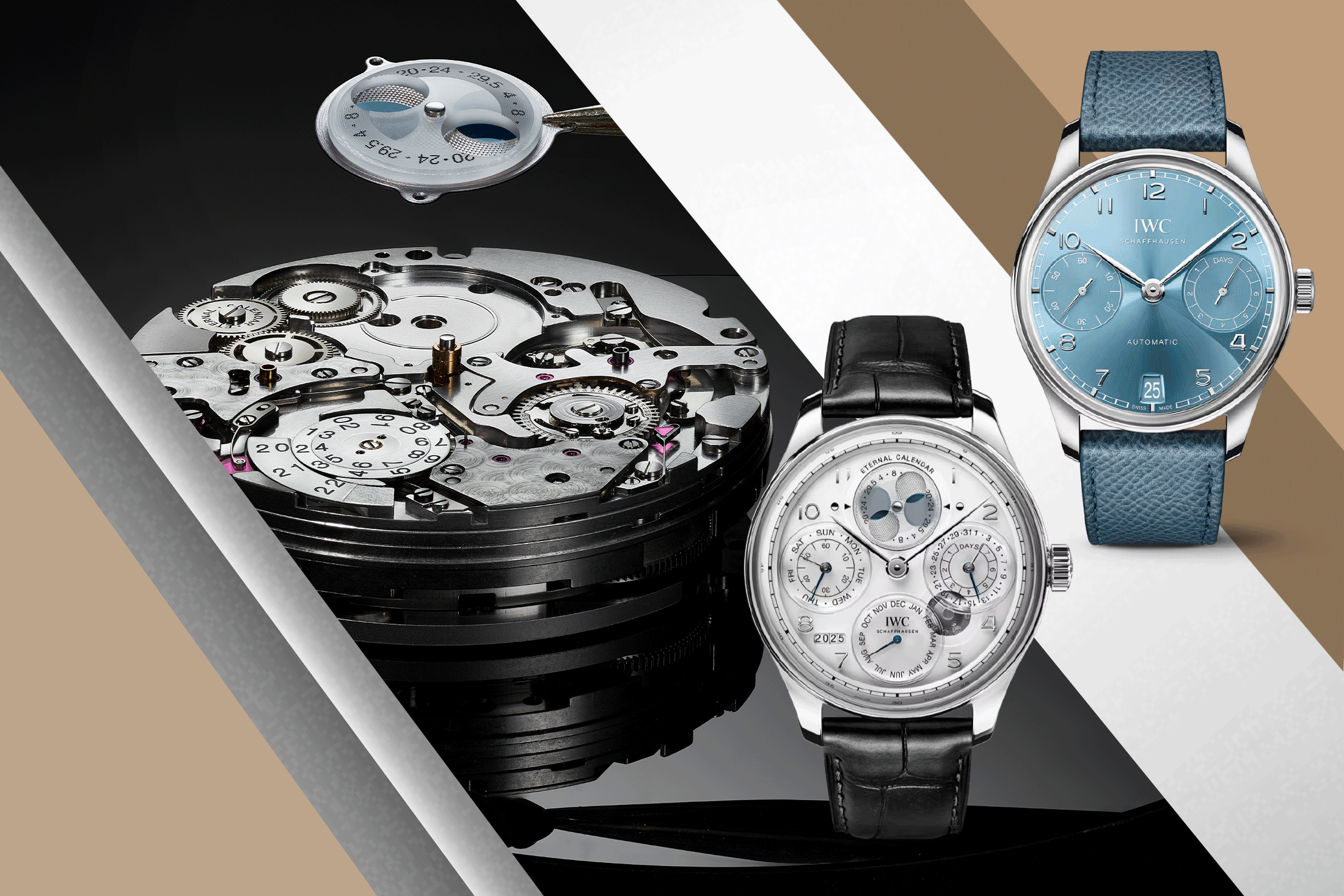
IWC Portugieser watches are instantly recognisable by their clean, balanced dials with simple Arabic numerals, slim feuille hands and railway-track-style chapter ring. Over the years, the Portugieser family of watches has incorporated almost every imaginable classic complication in the history of watchmaking.
Last year, we saw the Portugieser sport new dial colours and slimmer cases, and achieve a remarkable feat with IWC’s first secular perpetual calendar that needs no adjustment until the year 4000, breaking a new record in watchmaking with an ultra-precise moon phase display that will deviate by just one day in 45 million years.
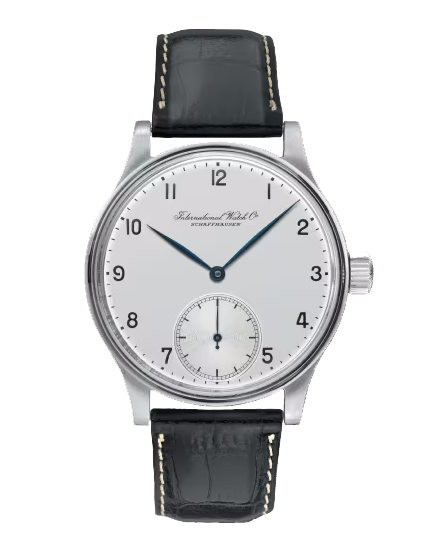 One of the oldest watches from IWC, the Portugieser was built in response to two Portuguese merchants in the late 1930s. They had requested for a large wristwatch with the precision of a pocket watch.
One of the oldest watches from IWC, the Portugieser was built in response to two Portuguese merchants in the late 1930s. They had requested for a large wristwatch with the precision of a pocket watch.
To this end, the very first Portugieser – Reference 325 (pictured on the right) – was launched in 1939. The wristwatch was imposing in size, having incorporated the pocket watch movement calibres 74 and 98.
In 1995 alone, the Portugieser family welcomed the Minute Repeater (Ref.5240), and the Chrono-Rattrapante (Ref.3712) – the first time a Portugieser and a chronograph were combined in the same case. Then in the 2000s, there was the Perpetual Calendar (Ref.5021) and the Tourbillon Mystere (Ref.5042), and in 2011, the Portugieser Sidérale Scafusia that took a team of engineers, watchmakers and scientists a decade to develop.
True to the brand’s commitment to innovation, the Portugieser continues to accomplish the technical tours de force of haute horlogerie across its many iterations, all the while remaining true to its clean aesthetic defined by a clearly organized dial.
Portofino
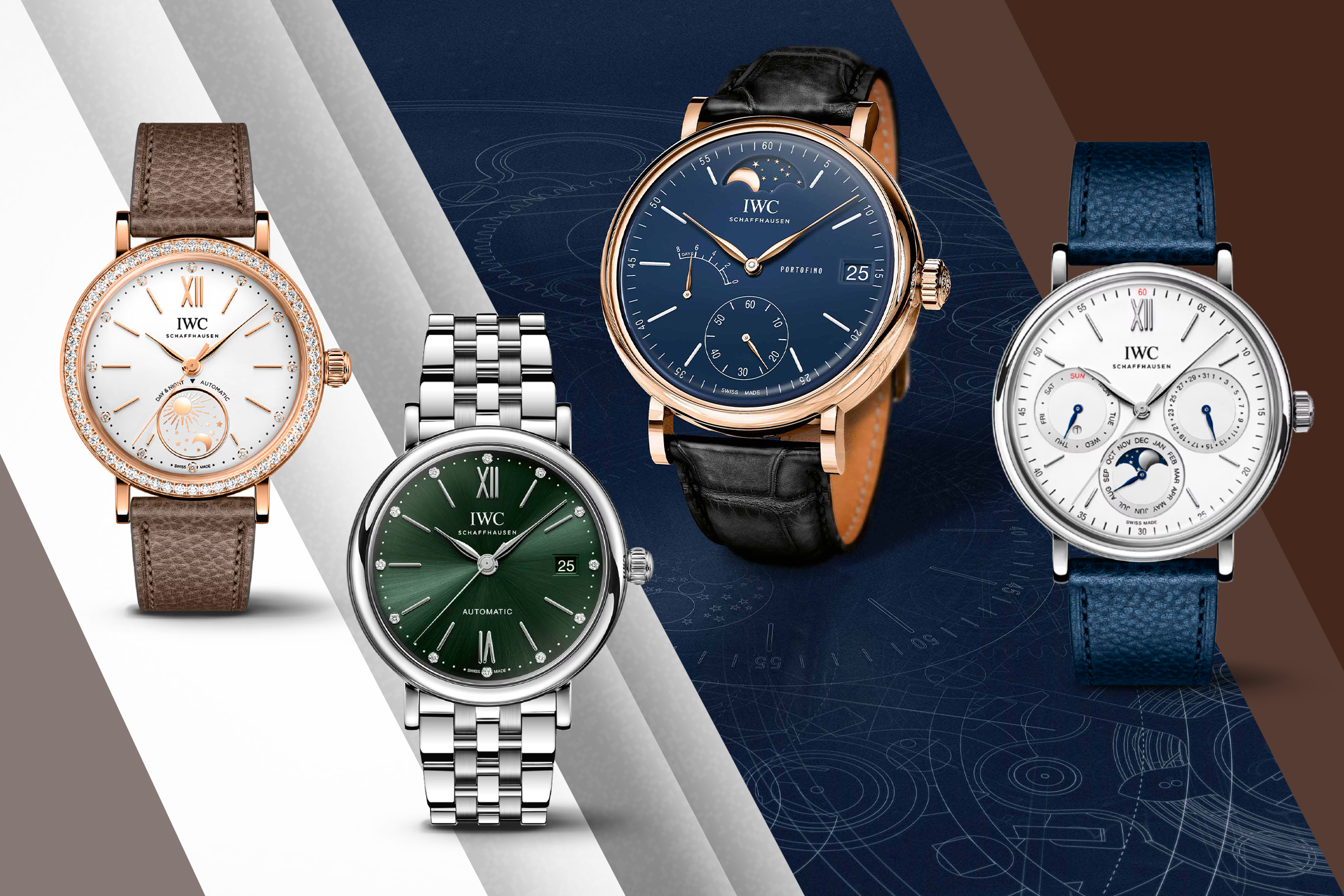
Then, there is the Portofino, defined by an uncluttered dial with Roman numerals, simple hour markers and slim feuille hands. The understated elegance of the Portofino makes it suited for everyday wear and has boosted its popularity over the past 30 years. Slimmer builds and smaller case sizes at 34mm and 37mm widened its appeal.
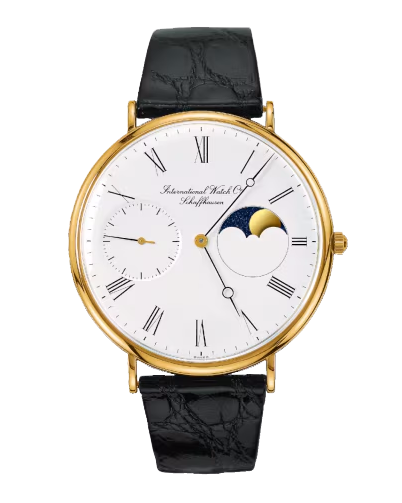 The first Portofino emerged in the 1980s, its origin story traced back to an exchange between IWC Schaffhausen’s head watchmaker Kurt Klaus and head designer Hanno Burtscher, about the concept of turning a Lépine moon phase pocket watch into a wristwatch.
The first Portofino emerged in the 1980s, its origin story traced back to an exchange between IWC Schaffhausen’s head watchmaker Kurt Klaus and head designer Hanno Burtscher, about the concept of turning a Lépine moon phase pocket watch into a wristwatch.
The Portofino was thus born, returning to the IWC tradition of classic, functional gold cases.
The Hand Wound Moonphase Ref. 5251 (pictured on the right) became the lead model of this watch family in 1984,
Since then, the Portofino has impressed beyond its good looks. From handwound to automatic movements, to calendar and date complications, and moonphase editions, each member of the Portofino family showcases not just the laidback elegance it embodies, but also its technical capabilities.
Standout editions include the Portofino Hand-Wound in 1993, the smallest and most delicate Portofino at just 1.85mm thick; the Romana Perpetual Calendar Ref.2050 in 1995, one of the world’s thinnest wristwatches with a Perpetual Calendar; the 38mm Portofino Automatic in 2003, and the Portofino Hand-Wound Eight Days in 2011 housing IWC Calibre 59210 with an 8 days power reserve.
Aquatimer

And finally, the Aquatimer, a true exemplification of the brand’s innovative spirit. Notably, the Aquatimer Minute Memory Ref. IW3723 release in 2004, that featured a world first minute rattrapante chronograph which allows elapsed time to be read either by way of the internal bezel, with the chronograph or via the patented minute fly-back hand.
Other standout editions include the GST Deep One Ref. 3527, powered by the IWC Calibre 8914, that included a mechanical depth gauge that showed the diver how deep he had descended. This tradition of mechanical depth gauge watches would continue, with later editions such as the Aquatimer Deep Three in 2014.
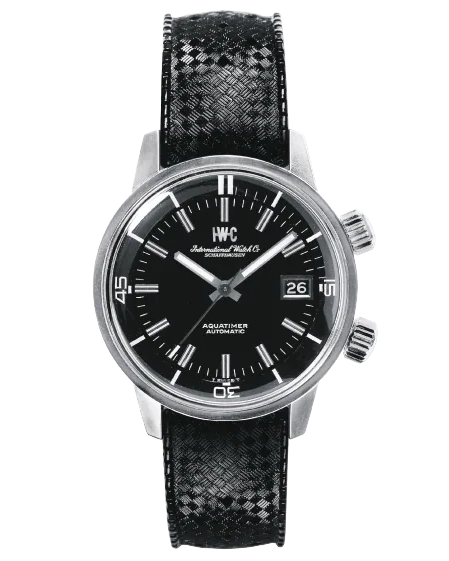 It all began in 1967 with the first Aquatimer.
It all began in 1967 with the first Aquatimer.
The Reference 812 (pictured on the right), with a case that was watertight up to 200 metres in depth. Its rotatable bezel, used for adjusting diving time, is placed under the glass to prevent accidental movements during the dive.
The birth of this diver’s watch came at a time when the sport grew in the 1960s. While IWC engineered this as a professional instrument for divers, the robust and sporty Aquatimer has since attracted more than explorers of the sea.
Over the years, the Aquatimer collection has stayed true to IWC’s quest for innovation and functional approach to design. A design highlight is the patented IWC quick-change bracelet system that allows a quick tool-free change of the watch anywhere, anytime.
To celebrate 50 years of making diver’s watches, IWC released the Aquatimer Perpetual Calendar Digital Date-Month Edition “50 Years Aquatimer” – the first wristwatch with a Ceratanium® case, a material developed by IWC that combines the lightness of titanium with the hardness of ceramics.
It’s impossible to sum up simply, a legacy as rich as IWC’s that has spanned over more than 150 years. As IWC continues to show what is possible in the world of haute horlogerie, one remarkable timepiece after another, we watch on.
Images courtesy of IWC Schaffhausen, artwork by Curatedition. All rights reserved.
Related links:
IWC Portugieser: In Light of Time
IWC Schaffhausen: Let There Be Light
IWC Schaffhausen: Portofino at its Finest
IWC Schaffhausen: In The Luxury Lane


